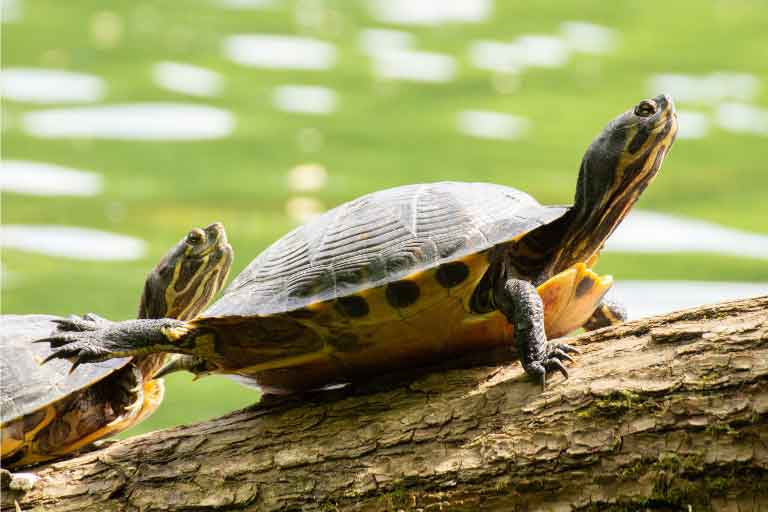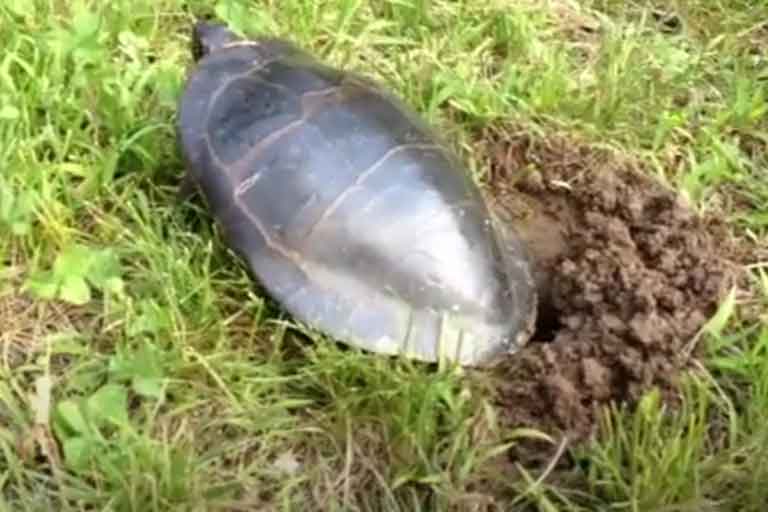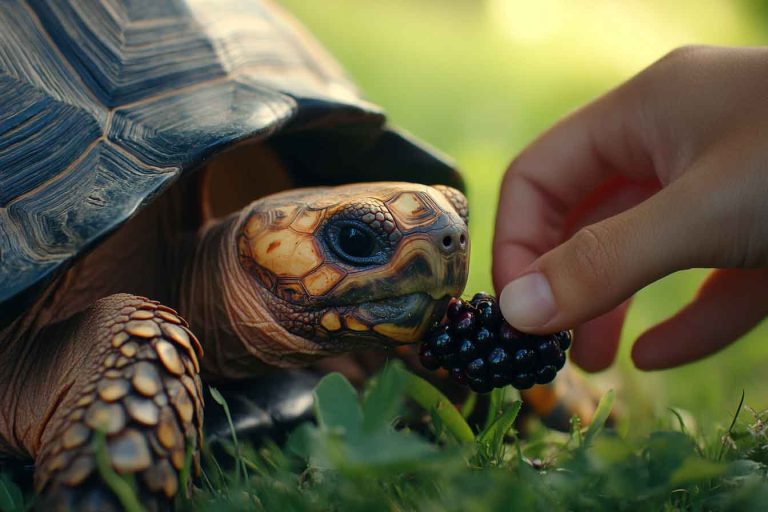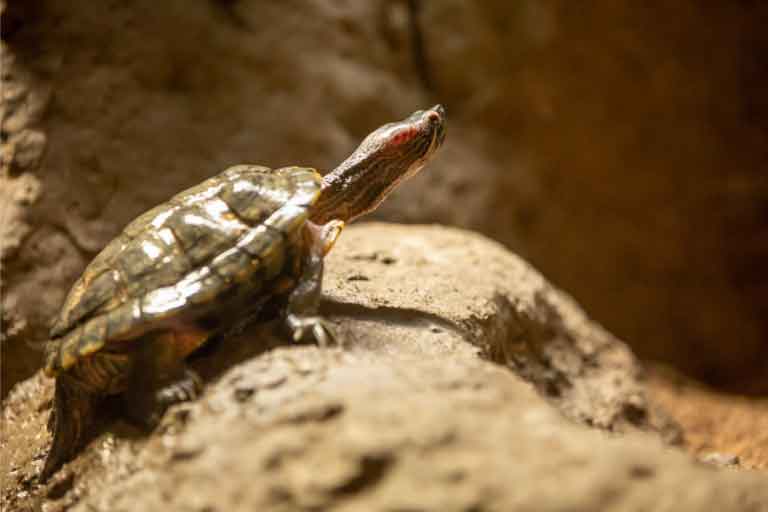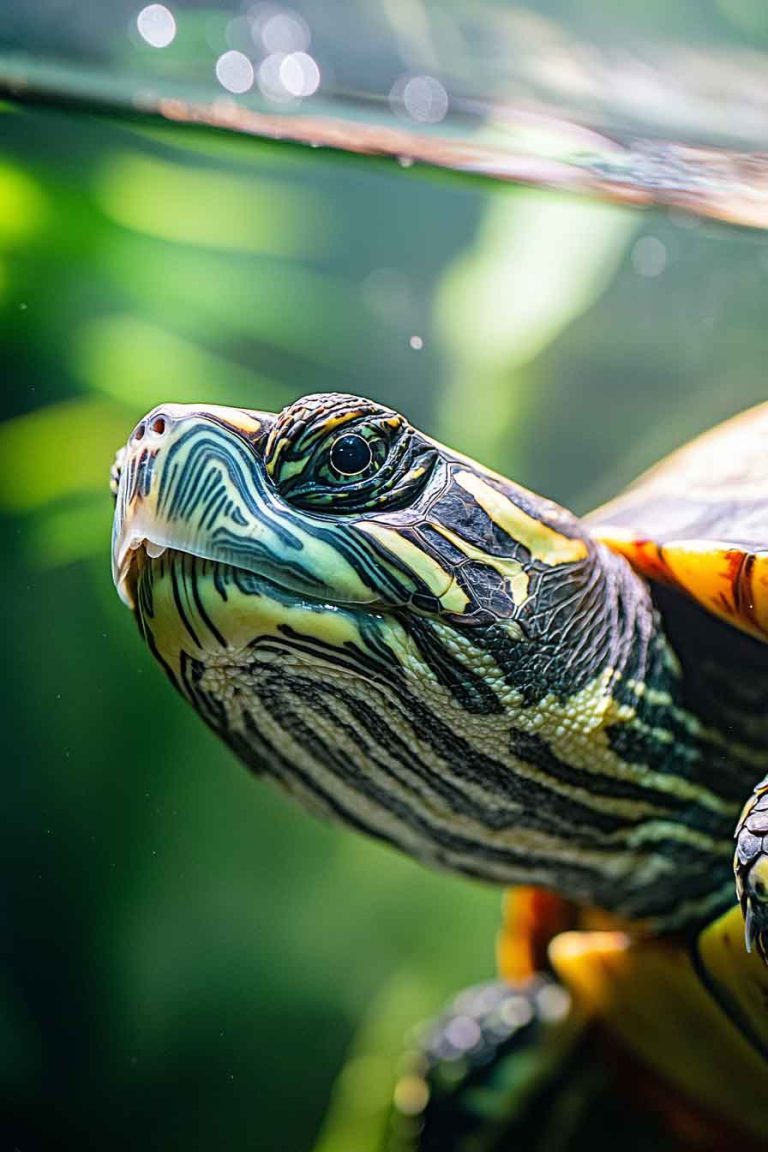Why Is My Turtle Not Basking? | Common Causes & Easy Fixes
If your turtle suddenly stops basking, I get it—you’re probably worried. I’ve been there myself. One day everything seems normal, and the next your little shelled buddy just sits in the water, ignoring the basking dock like it doesn’t even exist. Basking is super important for turtles. It’s not just sunbathing—it’s how they regulate their…
If your turtle suddenly stops basking, I get it—you’re probably worried. I’ve been there myself. One day everything seems normal, and the next your little shelled buddy just sits in the water, ignoring the basking dock like it doesn’t even exist.
Basking is super important for turtles. It’s not just sunbathing—it’s how they regulate their body temperature, absorb UVB for healthy shells, and stay free of infections. So if your turtle isn’t basking, it’s a sign that something’s off. Let’s dive into what might be going wrong—and what you can do to fix it.
Is It Normal for Turtles to Skip Basking?
Sometimes, yes. Turtles can occasionally skip a basking session or two—especially if they’re new to the tank, stressed from a change, or just adjusting to a new environment. But if it goes on for days or more? That’s not normal.
When my turtle stopped basking for three straight days, I knew something had to be done. And after a lot of research, a few tweaks, and some good old trial and error—I figured it out. I’ll walk you through all the reasons that helped me troubleshoot and how you can do the same.
Common Reasons Why Your Turtle Isn’t Basking
1. Lighting Is Incorrect or Weak
This is the most common reason I’ve seen, both in my own experience and while helping other turtle owners. If your UVB bulb is too old, too weak, or just not set up properly, your turtle might avoid the basking area altogether.
Solution:
Make sure your turtle has both a UVB light and a heat lamp—not just one or the other. The UVB helps with shell health and calcium absorption, while the heat lamp warms up their body.
- Replace UVB bulbs every 6 to 12 months, even if they look like they still work.
- Position both lights directly above the basking area (not too far to the side).
- The basking spot should be around 85°F to 95°F, depending on your turtle’s species.
I learned this the hard way. Once I replaced my old bulb, my turtle started basking again the very next day.
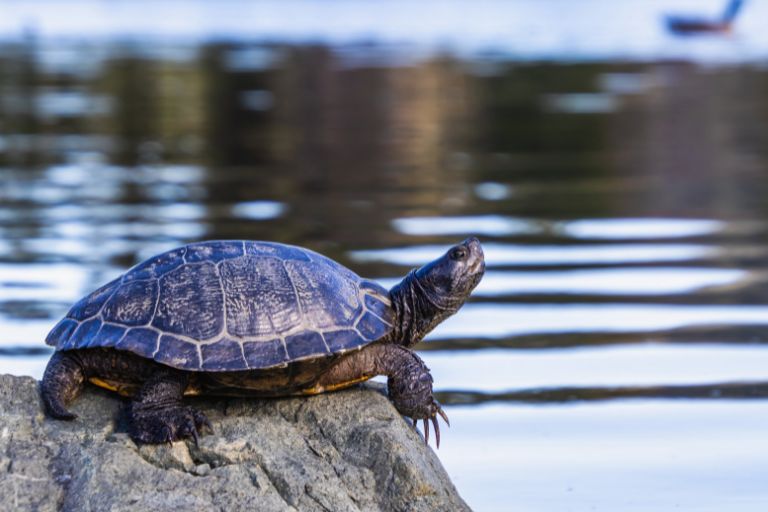
2. Water Temperature Is Too High
Here’s something that surprised me—if the water in the tank is too warm, your turtle might not feel the need to leave it. That’s because basking helps them warm up, but if the water is already super warm, they’ll just stay put.
Solution:
Check your tank’s water temperature. For most species, it should stay between 75°F and 80°F. If it’s creeping into the mid-80s or higher, your turtle might skip basking altogether.
I had to adjust my heater to maintain the right balance between the water and the basking area. A small digital thermometer helped a lot with tracking temps accurately.
3. Basking Area Is Hard to Reach or Uncomfortable
This one made total sense after I observed my turtle trying (and failing) to climb onto his basking platform. If the ramp is slippery, unstable, or steep, they’ll give up.
Solution:
- Make sure your basking dock is easy to climb onto.
- Use floating docks with textured ramps or add non-slip pads if needed.
- The basking platform should be fully dry and stable once your turtle is on it.
If your turtle’s struggling to get up there, try gently guiding them to it a few times a day. Once they get used to it, they usually return on their own.
4. Your Turtle Is Still Adjusting to a New Environment
If you just brought your turtle home or recently made big changes to the tank—new decor, new dock, new lighting—it’s possible they’re just taking time to adjust. Turtles can get stressed easily, and when they do, basking is one of the first habits to change.
Solution:
Give it time. I’ve seen turtles take up to a week to start basking again after a big move. Try to:
- Keep the area around the tank quiet.
- Avoid unnecessary handling.
- Keep the tank setup stable for at least a few days.
When I moved my turtle to a bigger tank, he completely ignored his basking spot for four days. I didn’t panic, just waited it out—and then he was back to his usual routine.
5. Tank Location Isn’t Ideal
You might not think about it, but the room your tank is in makes a difference. If it’s placed in a high-traffic spot, next to a noisy TV, or by a window where wild animals might be visible, your turtle might feel too exposed to relax.
Solution:
Move the tank to a quieter, low-stress area. Avoid:
- Loud noises
- Frequent foot traffic
- Bright sunlight from windows that changes tank temperature
Turtles need to feel safe when they bask. A calm, private corner often helps them get back into the habit.
6. Health Issues
In some cases, a turtle that stops basking might be dealing with a health problem. It could be something like a respiratory infection or a problem with their shell.
Watch for signs like:
- Lethargy
- Lack of appetite
- Swollen eyes or bubbling from the nose
- Soft shell or discoloration
Solution:
If you notice any of the above, or if your turtle hasn’t basked for more than a week despite perfect tank conditions, consult a reptile vet. That’s what I did when my turtle refused to bask and started showing other odd symptoms. He had a mild respiratory issue that cleared up with meds—and within days, he was basking again.
What You Should Do If Your Turtle Isn’t Basking
I know how stressful it can be when your turtle suddenly stops doing something so normal. But don’t panic. Here’s a quick checklist I now use whenever I notice a change in behavior:
- Check Your Lighting Setup
- Replace old UVB bulbs
- Make sure lights are correctly positioned
- Confirm heat lamp is providing proper warmth
- Double-Check Water and Basking Temps
- Water: 75°F–80°F
- Basking spot: 85°F–95°F
- Inspect the Basking Platform
- Is it stable, dry, and easy to climb?
- Is it big enough for your turtle to fully dry off?
- Observe Behavior for Stress or Illness
- Any signs of respiratory distress?
- Has appetite dropped too?
- Give Them Time to Adjust
- Especially after tank changes
- Keep the space quiet and calm
FAQs
1. How long should my turtle bask each day?
It depends on the species, but most turtles bask between 2 to 8 hours a day. Some bask in short bursts multiple times, while others do one long session. I usually see mine up there in the morning and again mid-afternoon.
2. Can I force my turtle to bask?
Not really. You can’t make them bask, but you can fix the environment so it’s inviting. When I fixed my lighting and temperature, my turtle went right back up on his own.
3. Is it okay if my turtle basks at night?
Turtles are diurnal—they’re active during the day. If yours is only basking at night, something might be wrong with the lighting or temperature setup during daylight hours.
4. How can I tell if the basking area is too hot?
Use a digital infrared thermometer to check the basking platform. If it’s hotter than 100°F, your turtle might avoid it. Ideal basking temps range from 85°F to 95°F, depending on the species.
Final Words
If your turtle isn’t basking, it’s not always a reason to panic—but it is a signal. I’ve been through this more than once, and each time, the solution came from slowing down, observing closely, and making a few careful adjustments.
Sometimes it’s the heat. Sometimes it’s the light. Other times, it’s stress or illness. But in nearly every case, there’s a fix—and your turtle will get back to doing what it loves: soaking up the warmth on its favorite spot.
Take your time, follow the tips we talked about, and if needed, talk to a reptile vet. You’re not alone in this—every turtle parent goes through these little scares. Just be patient, stay calm, and give your turtle a comfy, safe space to thrive.

